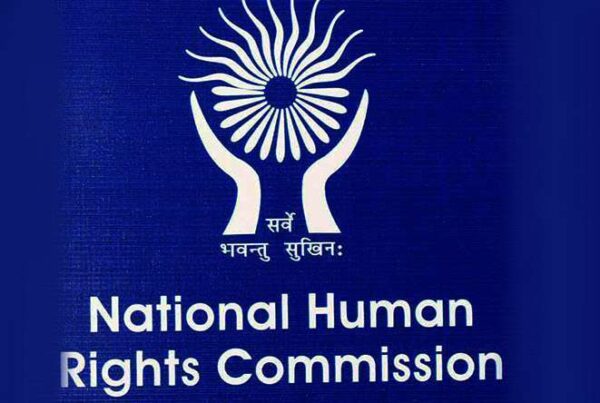An array of emotions is felt when a person is diagnosed with a brain tumor. These could be sadness, anger, betrayal and so much more. Proper counselling, hope and an overall positive outlook towards fighting this disease is a key to higher life expectancy.
This World Brain Tumor Day (8th June 2019), let’s take a look at what this disease means for the affected person, facts related to brain tumors and how loved ones can make the whole experience easier for leading a better life.
What is a Brain Tumor?
A brain tumor, is an extra or abnormal growth of cells in the brain that may or may not be cancerous. A brain tumor can be of various types depending upon the nature and origin of cell growth.
7 Important facts about Brain tumors
#1 Till date, more than 120 types of brain tumors and Central Nervous System (CNS) tumors have been identified by various researchers. This makes effective treatment very complicated. Each type may require specific treatments that may vary from person to person. This is because the brain and spinal cord tumors are different for every patient.
#2 A brain tumor can be classified into 2 types depending upon its nature of getting multiplied. Also, it can be classified in 2 types depending upon its origin. Take a look:
-
Benign: A benign brain tumor does not multiply and is not cancerous in nature. It begins from cells that are located within the brain or those that surround the brain. A tumor of this type grows slowly and does not affect other tissues.
-
Malignant: A malignant brain tumor is cancerous in nature. It can grow rapidly and infect the surrounding tissues. They might not have clear borders like a benign tumor.
Also, brain tumors can be classified in 2 types depending upon their origin i.e. where in a person’s body did the tumor began:
-
Primary: A primary brain tumor begins within the brain and may not spread to other parts of the body. Its effects are limited to the brain and spine.
-
Metastatic: These tumors begin in another part of the body and can reach the brain. These are more common than primary brain tumors.
#3 A brain tumor can occur in a person belonging to any age group. However, children below the age of 15 and senior citizens above the age of 65 constitute a majority of the of the reported cases of brain tumors as reported by the Centers for Disease Control and Prevention (CDC).
Buying a critical illness insurance plan has been financially helpful to cope with the ever-increasing cost of medical treatment associated with the disease.
#4 According to the American Brain Tumor Association, brain and CNS tumors rank third in the list of common causes of cancer deaths between the age group of 15 to 39 years.
As mentioned earlier this disease can affect a person of any age group. Thus, creating a financial safety net with the help of health insurance is a good idea.
#5 One of the most dangerous types of brain tumor is the primary malignant brain tumor – Glioblastoma Multiforme. In such cases, the life expectancy of a person, in spite of aggressive treatment, is less than a year.
#6 A brain tumor can have an adverse effect on memory, thought, emotion, communication, and movement. This is due to the fact that the tumor is located in one of the most important parts of the body – a brain. This disease can have an overall effect on the quality of life.
Family and loved ones can help the affected person to cope with the disease emotionally. The financial aspect can be taken care of by an extensive critical illness insurance plan.
#7 Reports from the International Agency for Research on Cancer (IARC) suggest that one-in-five men and one-in-six women develop cancer over their lifetime.




